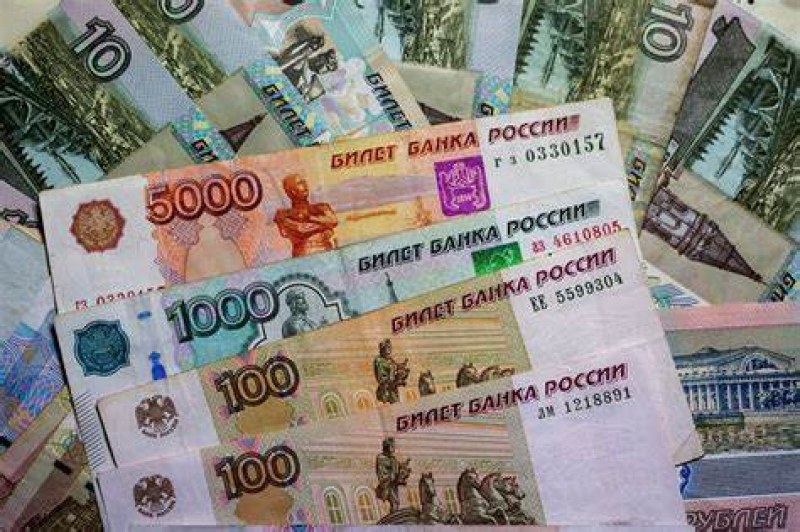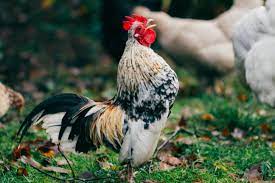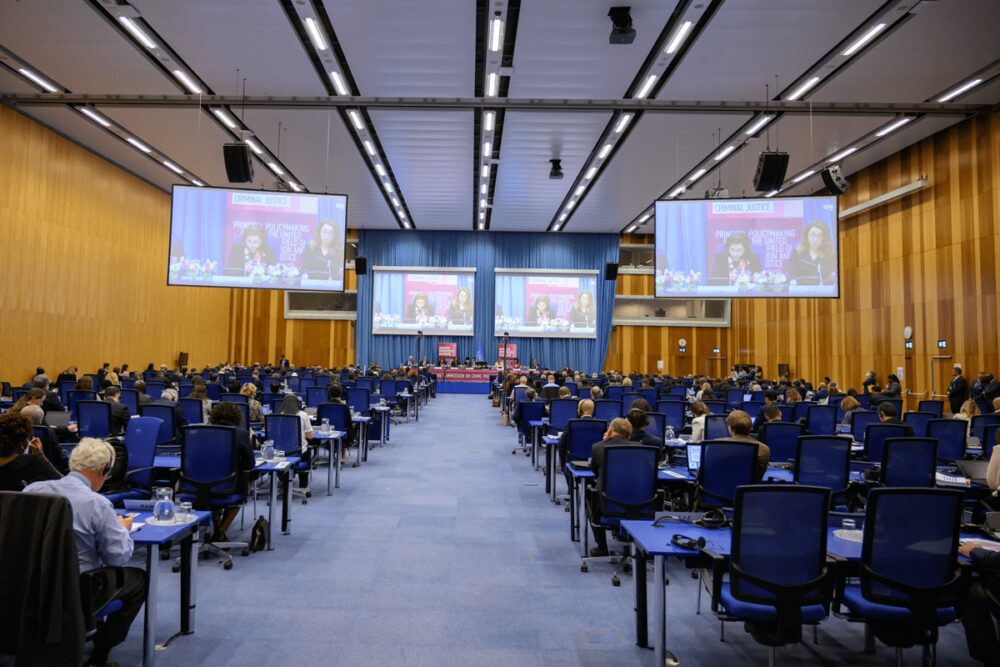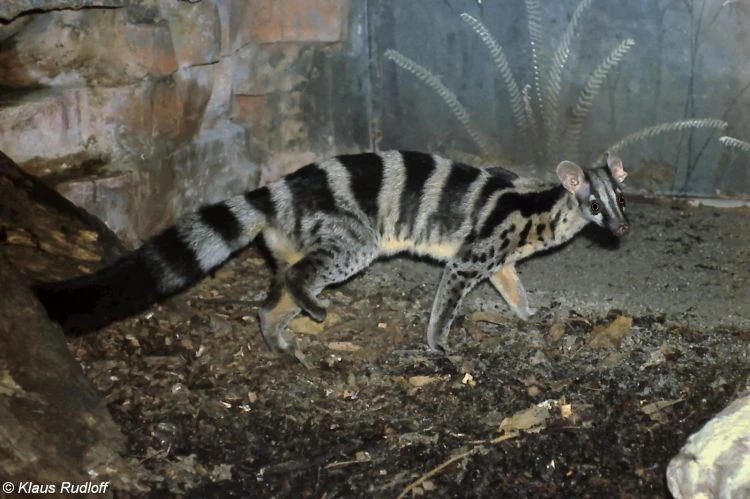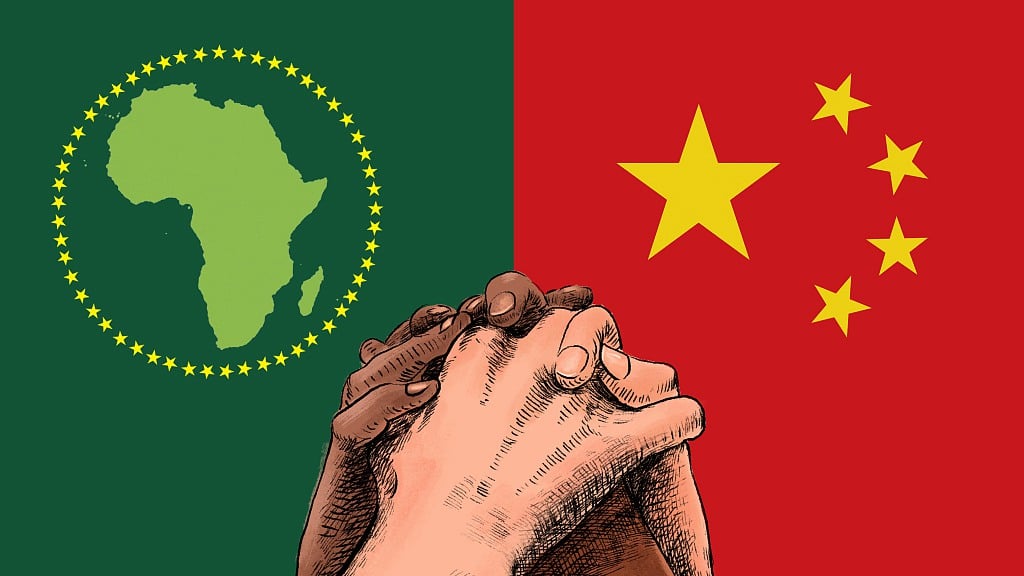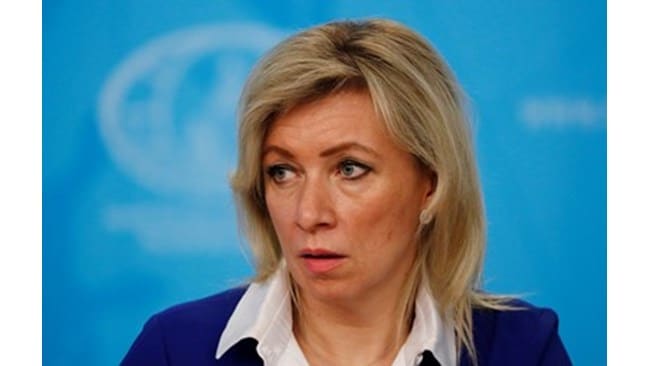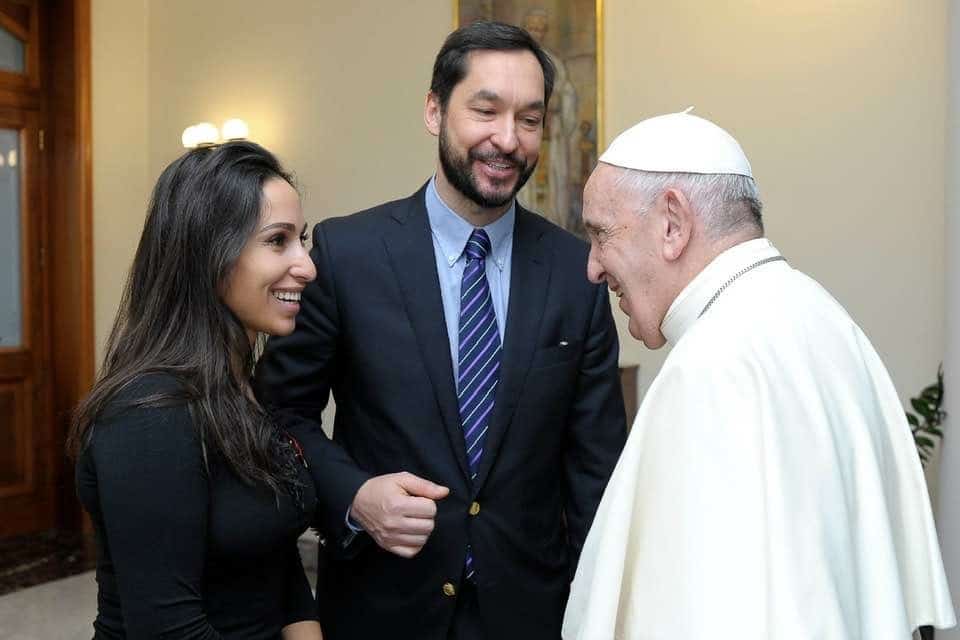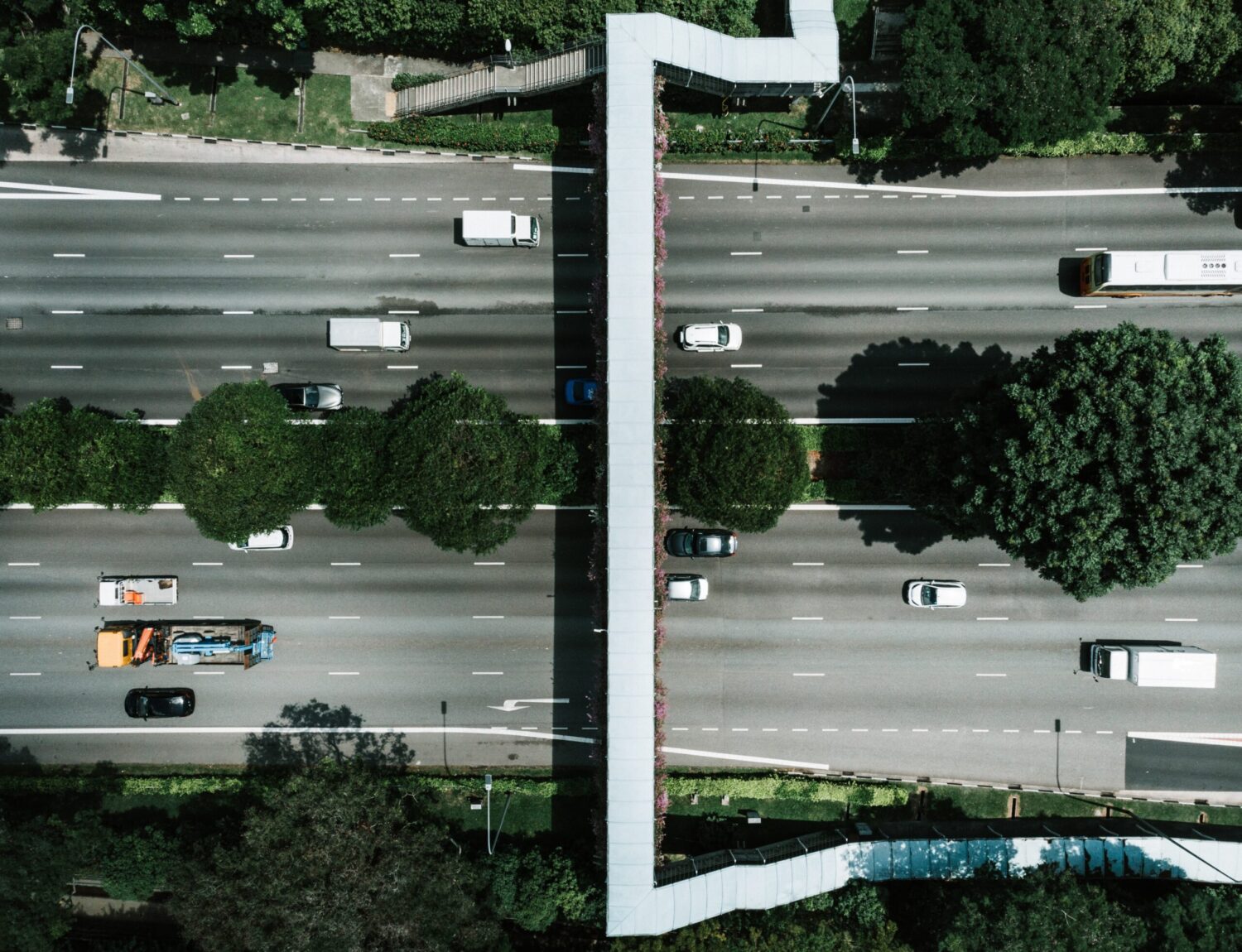According to experts, the country will suffer its worst recession since the early 1990s
Capital controls and rising interest rates have solidified the Russian ruble, but it is too early to say whether the country’s economy will recover after the global economy.
Russia is a country with rising inflation and a sharp contraction in the economy, mainly due to tough sanctions imposed by Western countries. Moscow has been facing heavy sanctions from the West since 2014, when it illegally seized the Ukrainian peninsula of Crimea. This time, however, it seems better prepared to deal with the initial economic collapse than it did 8 years ago.
In fact, the ruble surprised the world after recovering from initial Western sanctions, which plunged it to its lowest level of $ 150 in early March. By mid-May, its value had risen to around 61.25 – the highest level in 28 months.
According to some experts, this recovery is a sign of economic sustainability, but more and more economists are warning that things are not exactly as they seem. “We can’t talk about a sustainable Russian economy. The initial financial panic has really subsided, but this is not a guarantee that its economy is moving well,” Sergei Guriev, a Russian exiled economist and professor at Sciences Po in Paris, told the Daily Sabah.
In another exclusive interview with the Anatolian News Agency, Guriev said that the forecasts for the Russian economy are not promising at all and noted that the Russian Central Bank predicts that in 2022 the economy will experience a recession from 8% to 10%.
According to the professor, instead of the pre-war forecasts for an increase of 3%, the latest expectations of the Russian government are focused on a 12% drop in GDP in 2022. “This is the biggest recession in 30 years,” added the former rector of the New School of Economics. in Moscow, quoted by expert.bg.
The collapse has already begun
According to Guriev, the near future for the Russian economy is not prosperous, given that international organizations predict a contraction of 8% to 11%. According to the expert, this collapse has already begun: for example, all car factories have ceased operations, and the sector does not produce cars because no parts are imported.
According to Guriev, although imports from China may ease the situation, the Russian automotive sector will face difficult times. “The same goes for airplanes, as well as for the production of modern industrial goods that use semiconductors. There are some stocks that will immediately shock revenues. This will happen in the second quarter, when stocks run out,” said the economist.
However, there is no doubt that Russia will suffer its worst recession since the early 1990s.
As for how the ruble reached its pre-war levels, Guriev claims that the formula is very simple. According to him, because Russian industries are cut off from the global economy and can not import anything from the West except pharmaceuticals, Russia does not need dollars. For this reason, there is a huge surplus and therefore the ruble is becoming more expensive. He added that this was a natural economic result of sanctions against important foreign goods.
“And this is not a sign of the strength of the economy. This is a sign of weakness,” Guriev said. “Under normal circumstances, a stronger ruble would mean strength in the competitiveness of the economy.” According to him, the circumstances that led to the strong ruble are a side effect of the sanctions imposed on raw materials, the same ones that cause the great economic recession.
Drawing on Guriev’s views, Barry Eichengreen, an economist at the University of California, Berkeley, said it was important to distinguish between exchange rate stability and economic stability.
The expert noted that the International Monetary Fund expects the Russian economy to shrink by more than 8% in 2022, far more than the pre-war forecast of 3% and added that this will be a very serious recession. Eichengreen argues that the Central Bank can maintain the exchange rate by using dollars and euros derived from energy exports. Hence its recovery against the dollar and the euro. “However, this is not a sign of economic sustainability,” he said, adding that inflation was projected to reach 20% and living standards to deteriorate significantly.



